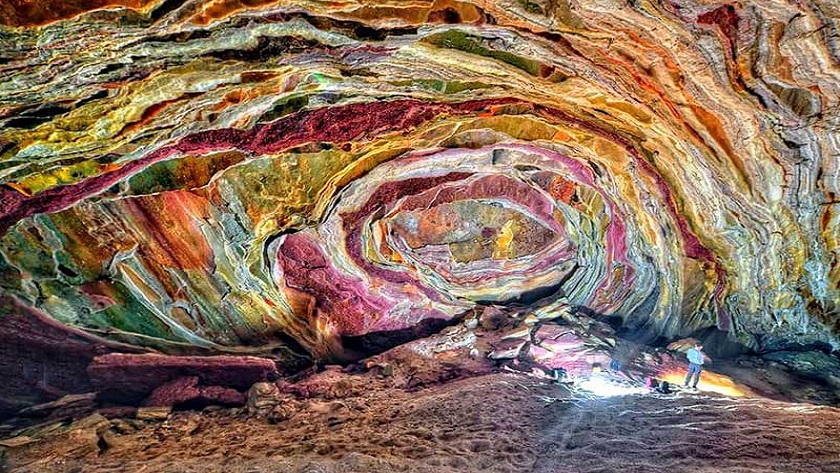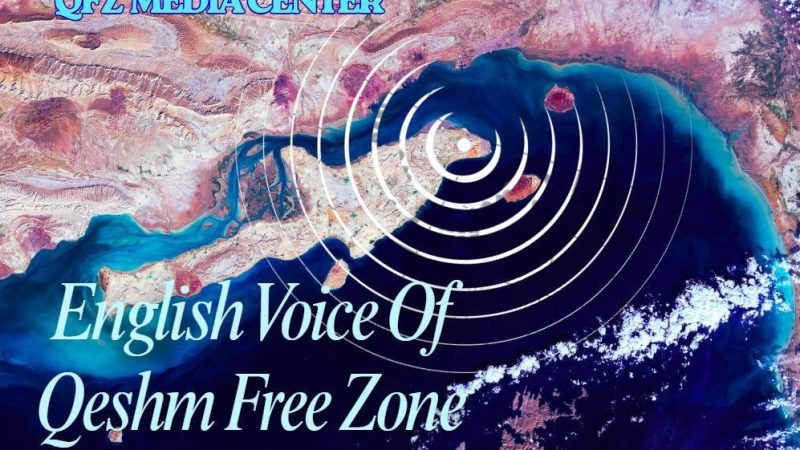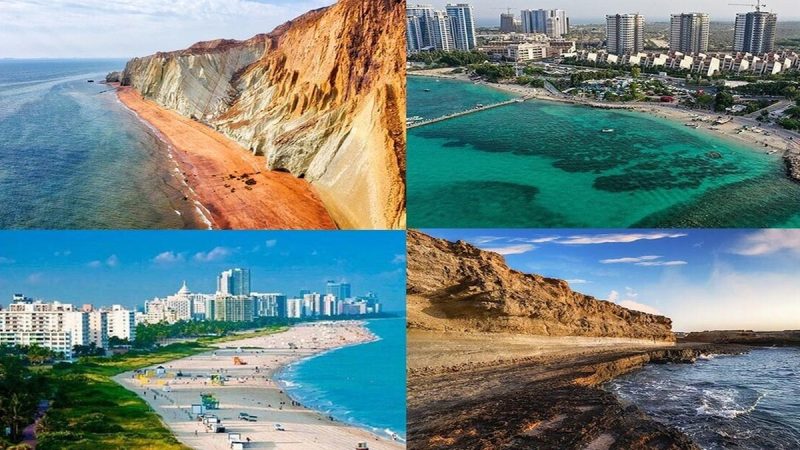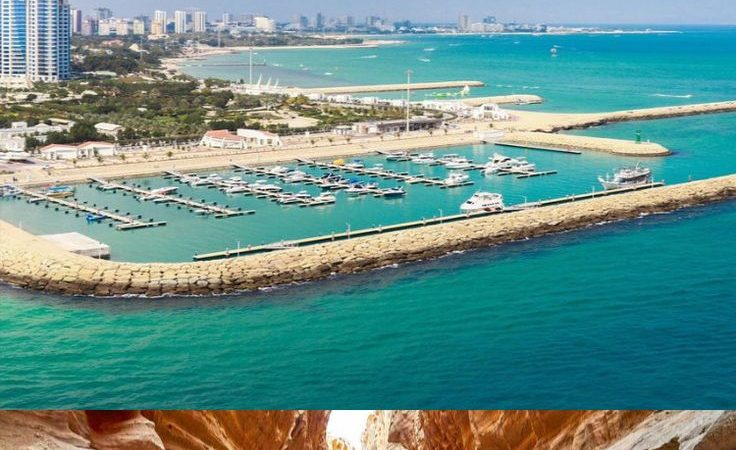Salt Cave of Namakdan – The Longest in the World

Introduction: A Hidden Wonder Beneath the Earth
Imagine walking through a shimmering underground labyrinth, where every wall glistens with crystalline salt formations. This is the Salt Cave of Namakdan, the longest salt cave in the world, stretching an astonishing 6.58 kilometers (4.1 miles) beneath Iran’s Qeshm Island. A marvel of nature, this cave attracts geologists, adventurers, and curious travelers alike. But what makes it so special? Let’s delve into the secrets of this subterranean wonder.
What Is the Salt Cave of Namakdan?
The Namakdan Salt Cave is a natural salt formation located on Qeshm Island, Iran, within the Namakdan (Salt Mountain) range. Formed over millions of years due to erosion and tectonic activity, this cave is part of the largest salt dome in the world. Its breathtaking salt stalactites, glittering walls, and vast chambers make it a unique geological attraction.
Key Features of the Cave
-
Length: 6.58 km (longest salt cave globally)
-
Location: Qeshm Island, Iran
-
Formation: Created by water dissolving salt deposits over millennia
-
Unique Traits: Glowing salt crystals, narrow passages, and massive chambers
How Was the Namakdan Salt Cave Formed?
The cave’s formation is a result of natural salt dome erosion. Here’s how it happened:
-
Salt Dome Creation: Millions of years ago, underground salt deposits were pushed upward by tectonic forces, forming a dome.
-
Water Erosion: Rainwater seeped through cracks, dissolving salt and carving out tunnels and chambers.
-
Crystallization: As water evaporated, it left behind stunning salt crystals and stalactites.
This slow, natural process created the intricate cave system we see today.
Why Is the Namakdan Cave So Unique?
Beyond its record-breaking length, the cave offers:
1. Spectacular Salt Formations
-
Glowing Walls: The salt crystals reflect light, creating a dazzling effect.
-
Stalactites & Stalagmites: Some formations resemble frozen waterfalls.
2. A Rare Ecosystem
-
Some microorganisms thrive in the cave’s high-salinity environment, making it a subject of scientific study.
3. Historical & Cultural Significance
-
Salt extraction dates back centuries, with locals using it for preservation and trade.
Can You Visit the Salt Cave of Namakdan?
Yes! The cave is open to visitors, but with some considerations:
How to Get There
-
Location: Qeshm Island, accessible via ferry from Bandar Abbas.
-
Best Time to Visit: October to April (avoid extreme summer heat).
-
Guided Tours Recommended: Due to the cave’s complexity, local guides ensure safety.
What to Expect Inside
-
Temperature: Cooler than outside, but humidity varies.
-
Terrain: Uneven, sometimes slippery—wear sturdy shoes.
-
Photography: Permitted, but flash may be restricted to preserve the environment.
Preserving the Namakdan Salt Cave
As a fragile natural wonder, conservation efforts are crucial:
-
No touching formations (oil from skin damages salt crystals).
-
Stick to marked paths to prevent erosion.
-
Avoid littering to protect the cave’s ecosystem.
Conclusion: A Must-See Natural Wonder
The Salt Cave of Namakdan is more than just a record-holder—it’s a breathtaking journey into Earth’s geological history. Whether you’re a nature lover, adventurer, or science enthusiast, this cave offers an unforgettable experience.
Have you visited the Namakdan Salt Cave? Share your thoughts in the comments! Or, if you’re planning a trip, check out our guide to Qeshm Island’s top attractions for more adventure ideas.



















بدون Comment